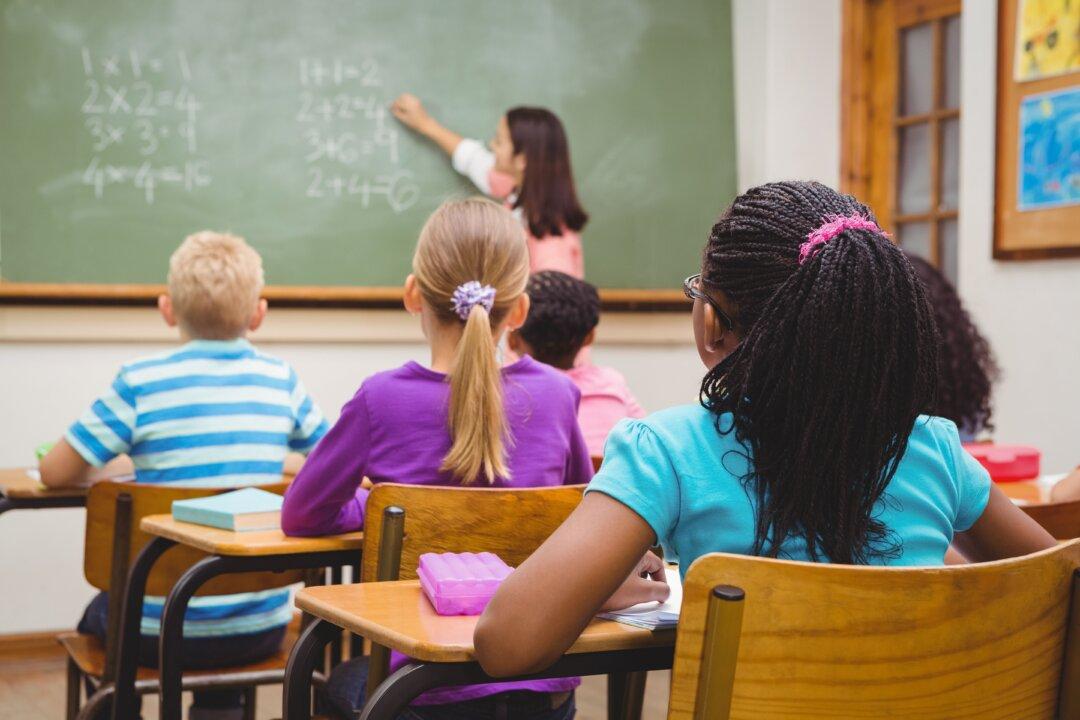Commentary
Recently, several provinces announced their back-to-school plans for this fall. While there are some variations, the common theme is that students will return to in-person learning, albeit with some restrictions.

Recently, several provinces announced their back-to-school plans for this fall. While there are some variations, the common theme is that students will return to in-person learning, albeit with some restrictions.